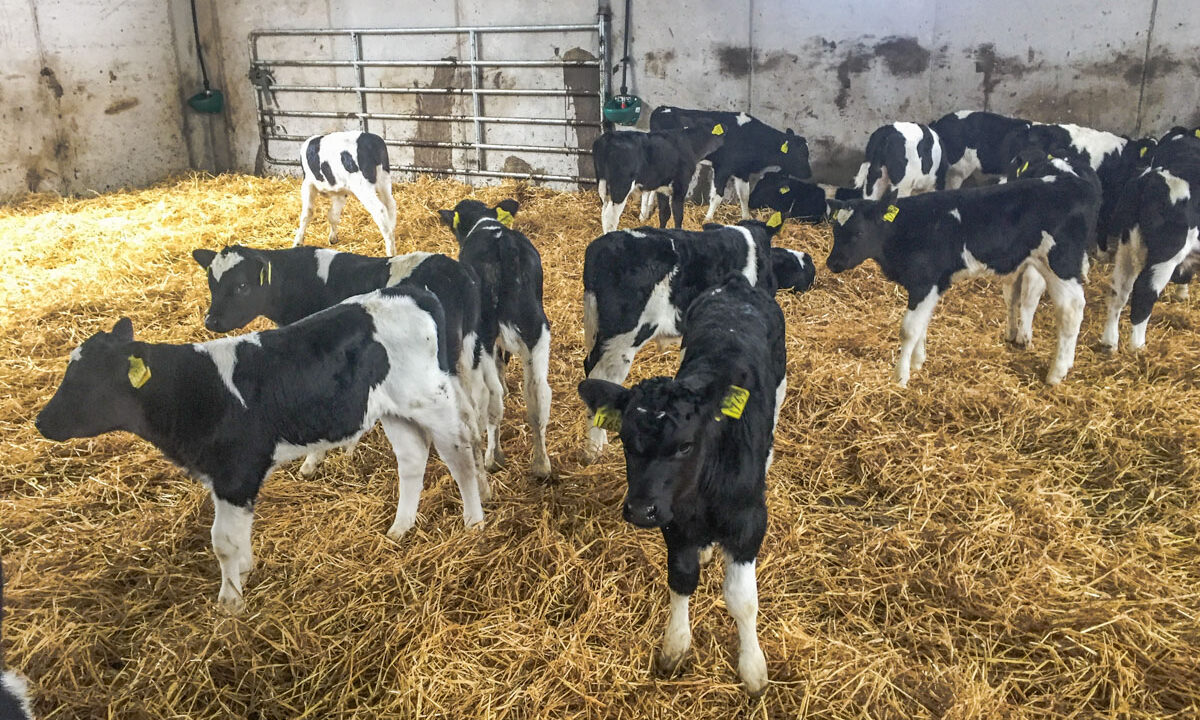Dairy calves are coming down the track regardless of what farmers do with sucklers, Patrick Kent, the President of the Irish Cattle and Sheep Farmers’ Association (ICSA) has said.
Speaking at the associations AGM in Portlaoise last night, he said that some farmers suggested that ICSA’s policy to reduce sucklers was wrong because the gap would be filled by extra dairy calves.
However, Kent said that this “is simply wrong”.
“Dairy farmers make decisions based on milk price; nothing else. So in addition to less sucklers, we need to talk about what to do with these extreme dairy breed crosses, and for that matter, mediocre quality traditional breeds from these dairy animals.
“I want to be clear on this. Within the traditional breeds there are great cattle, with fantastic attributes and excellent quality meat.
“But from a beef point of view this is a disaster. Dawn Meats told the truth when they let it be known that the Teagasc recipe for 270kg carcasses was unacceptable to them.”
The ICSA President said that if we can get these calves exported to the Netherlands in big numbers that is one solution.
Perhaps there is scope for veal or similar here. Or do we have to contemplate using knackeries and examine the most humane and efficient way of doing this?
“It’s not something that our members like talking about. But the reality of the obsession with New Zealand dairying methods must be explained in full, if we are to be honest.
“‘In New Zealand, no farmer tries to make a go of turning these kind of bobby calves into beef or even veal,” he said.
In January former ICSA Suckler Chairman, Dermot Kelleher, said that Ireland needs a €200 per suckler cow incentive to reduce numbers in light of oversupply of beef in Europe and the complete lack of profitability in the suckler sector.
He said that we need to learn from the strategy applied at EU level to deal with the dairy crisis in 2016 where the strategy was a rational move to reduce production to deal with the supply/demand imbalance.
ICSA proposes that this incentive should be available on an EU wide basis at a rate of €200 per cow per annum for up to five years on a voluntary basis.
Such a scheme would be based on a reference year of 2016 and the payment would be linked to the reduction in calves registered compared to 2016.
